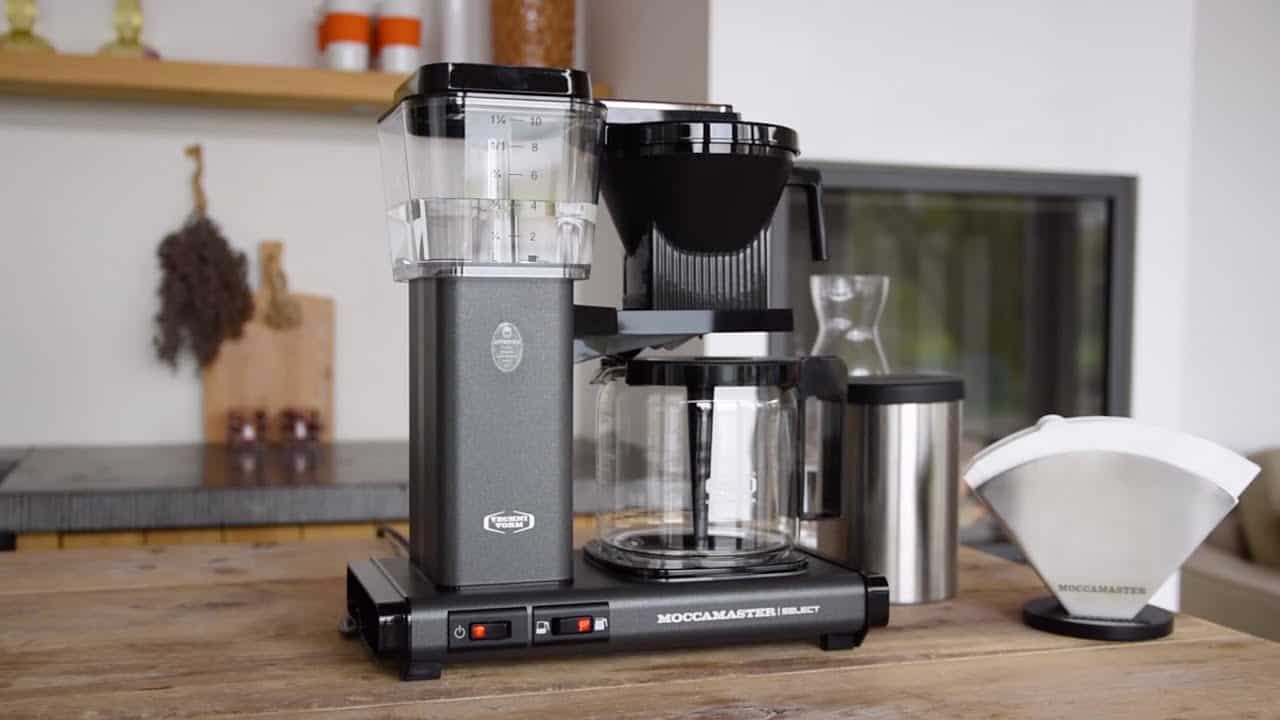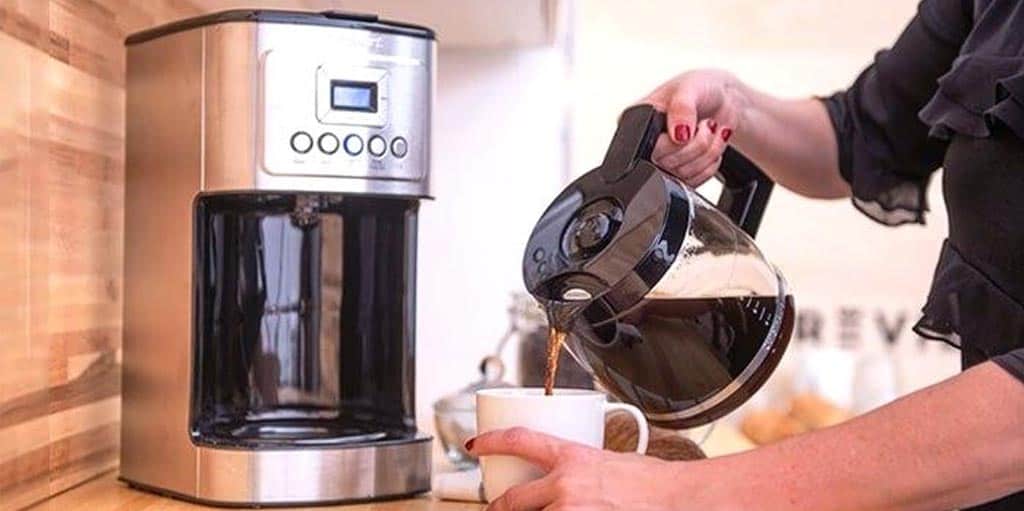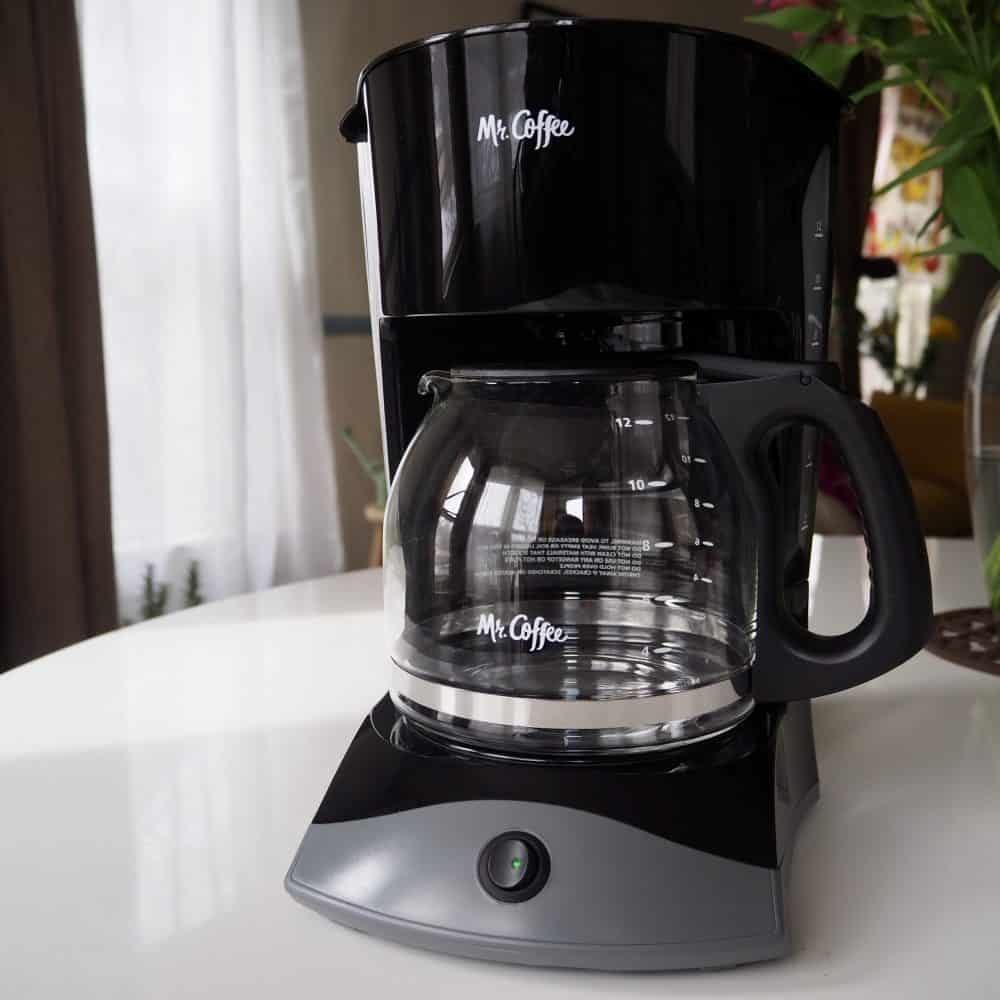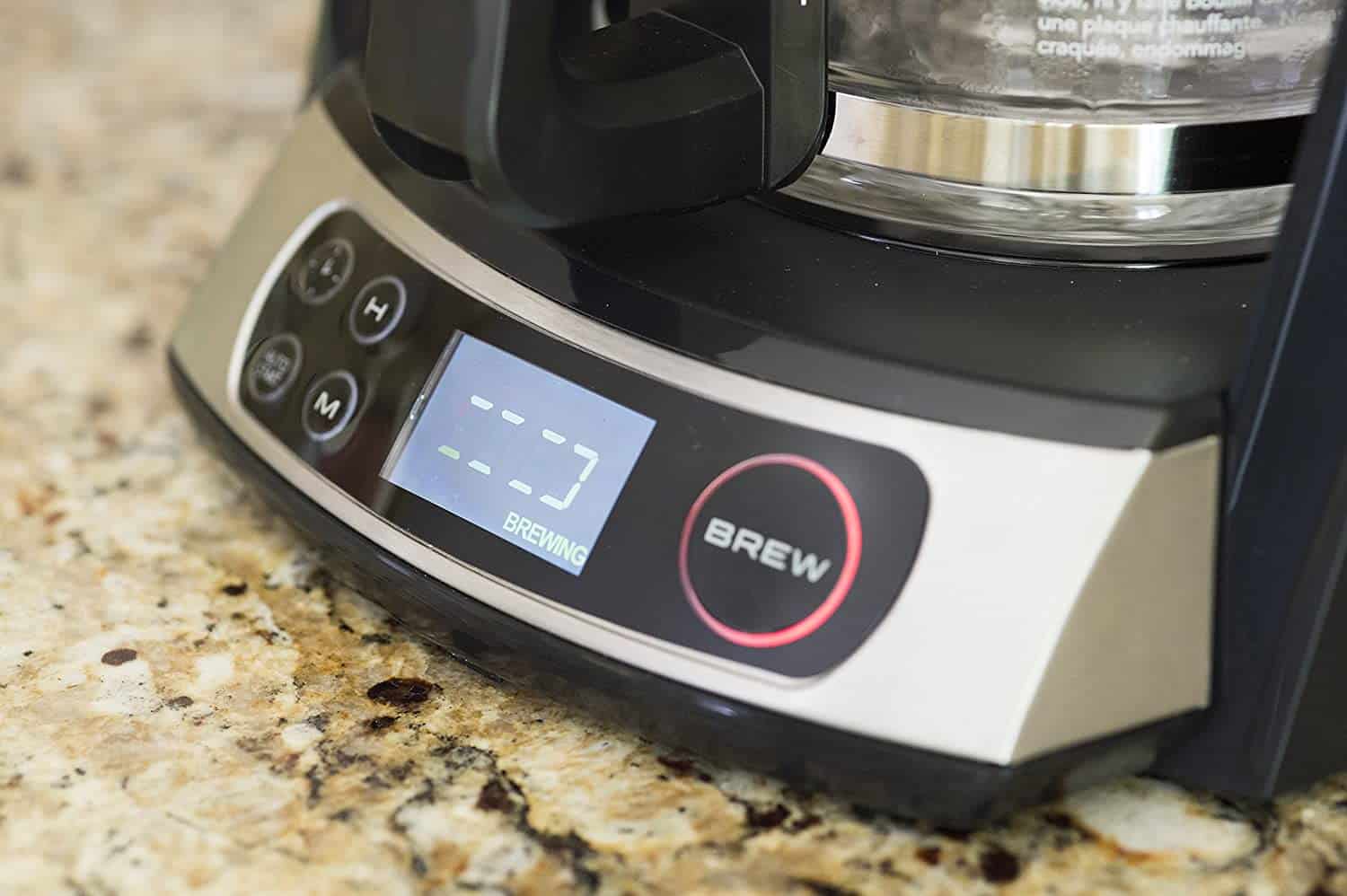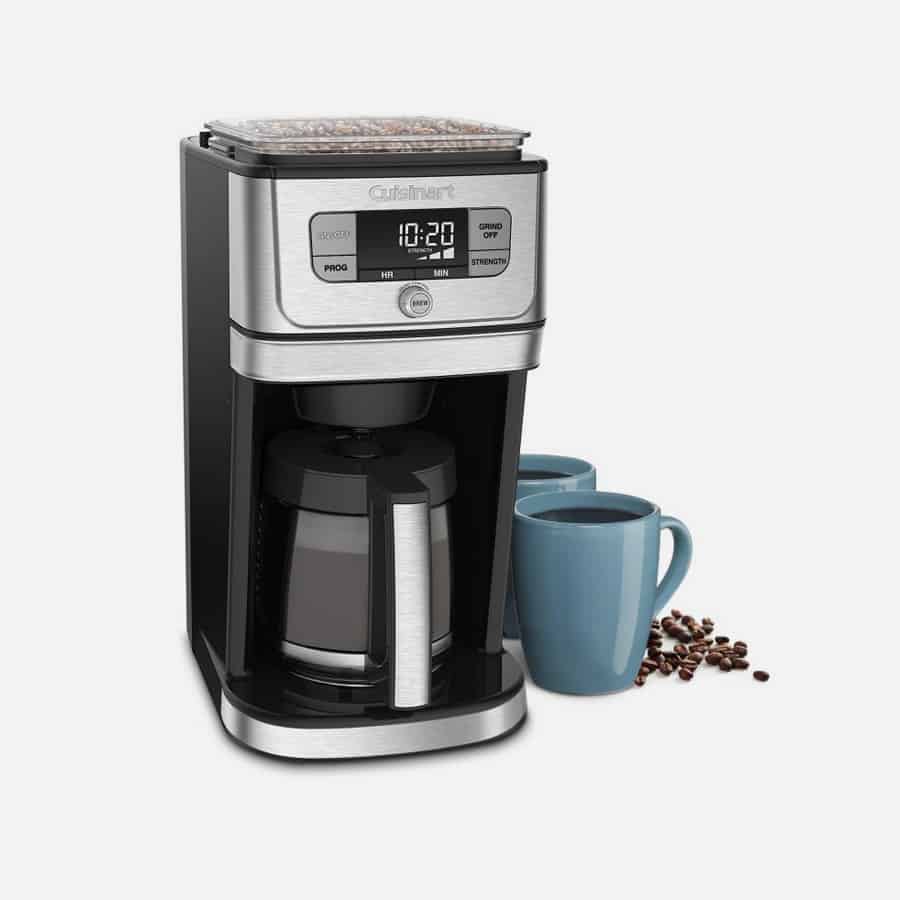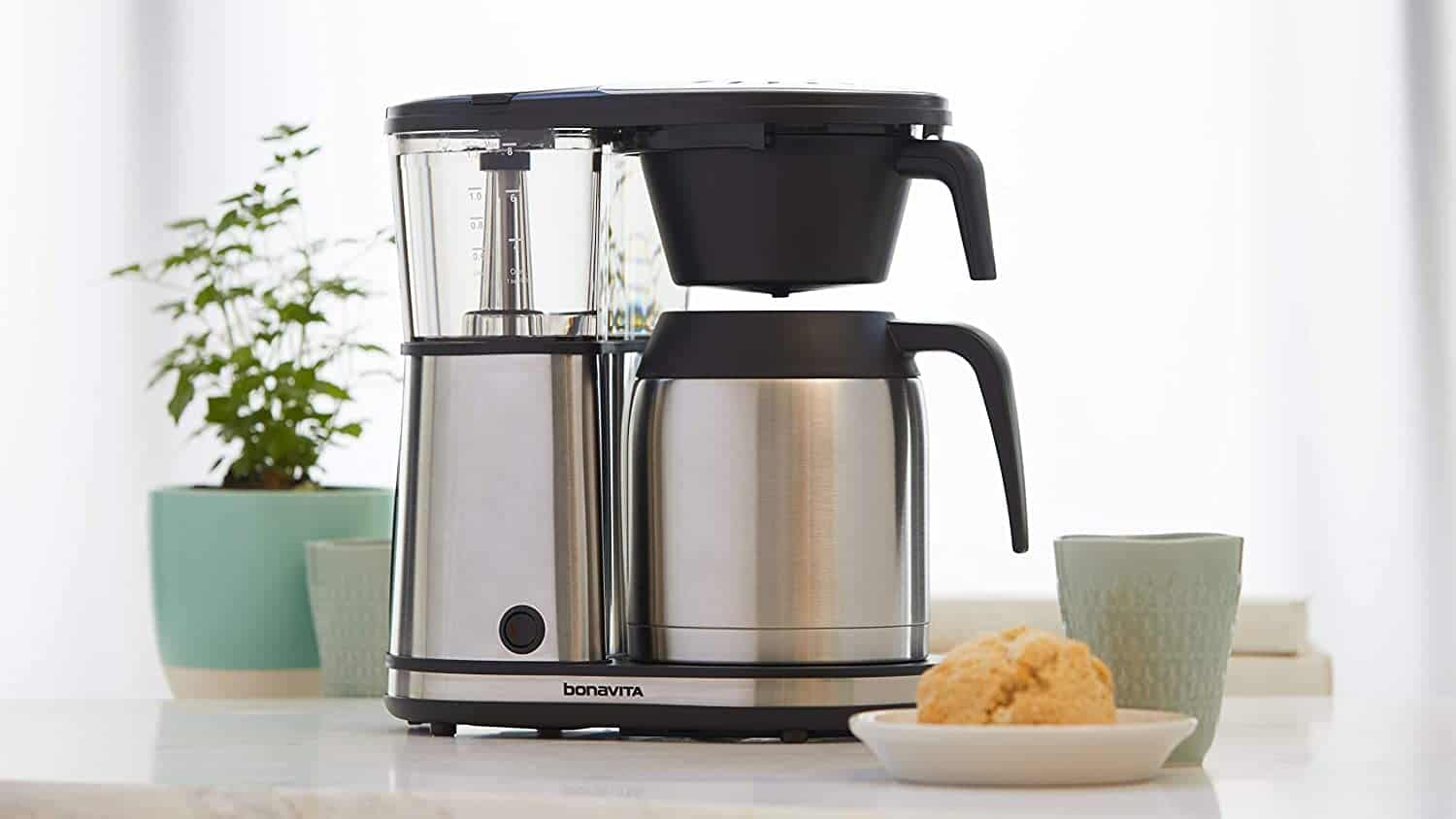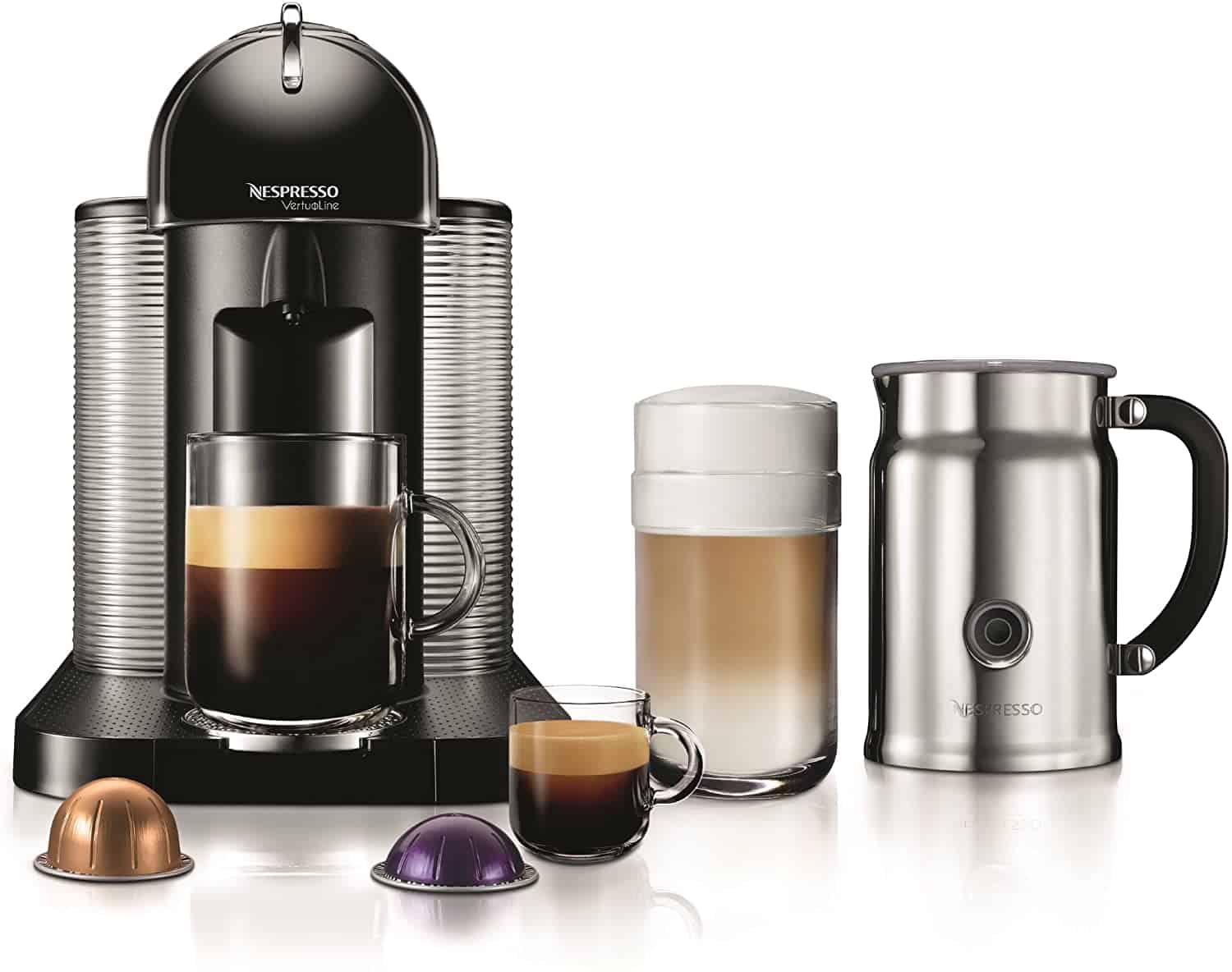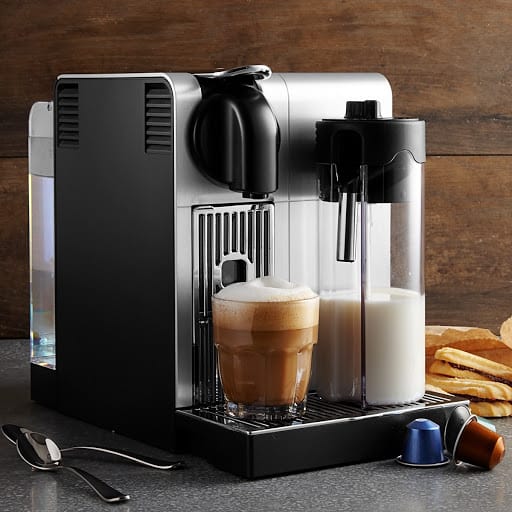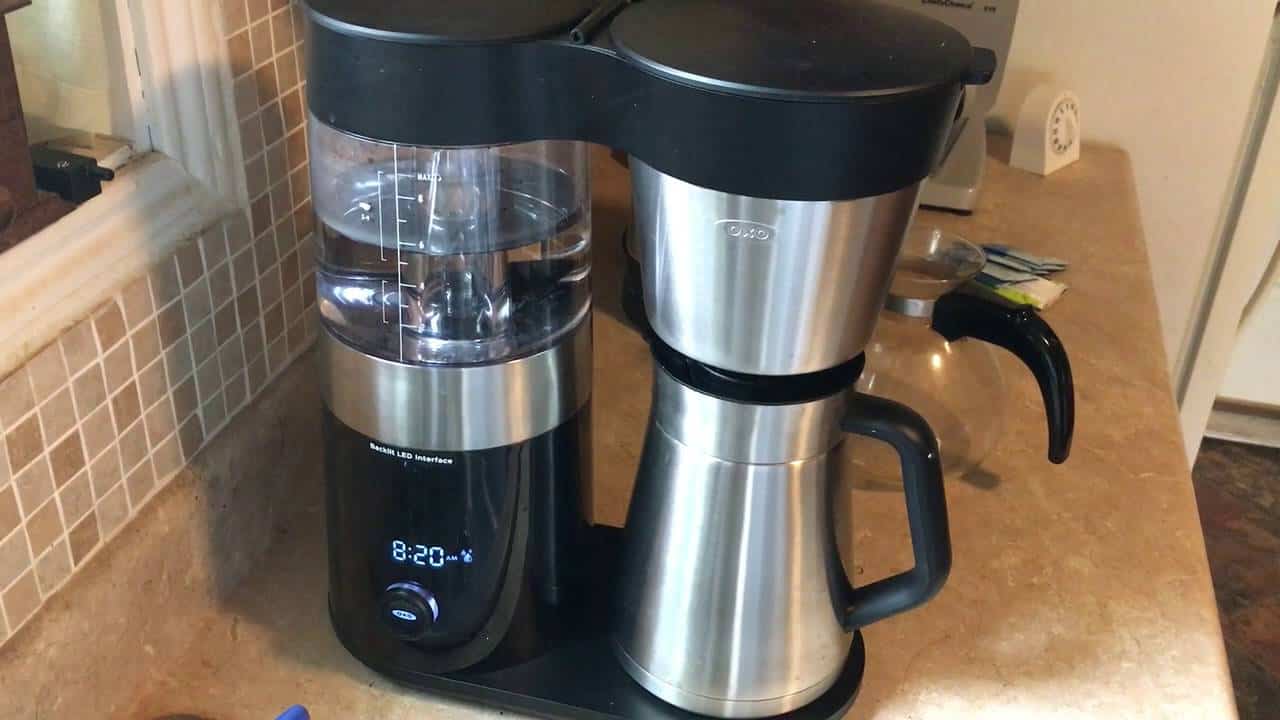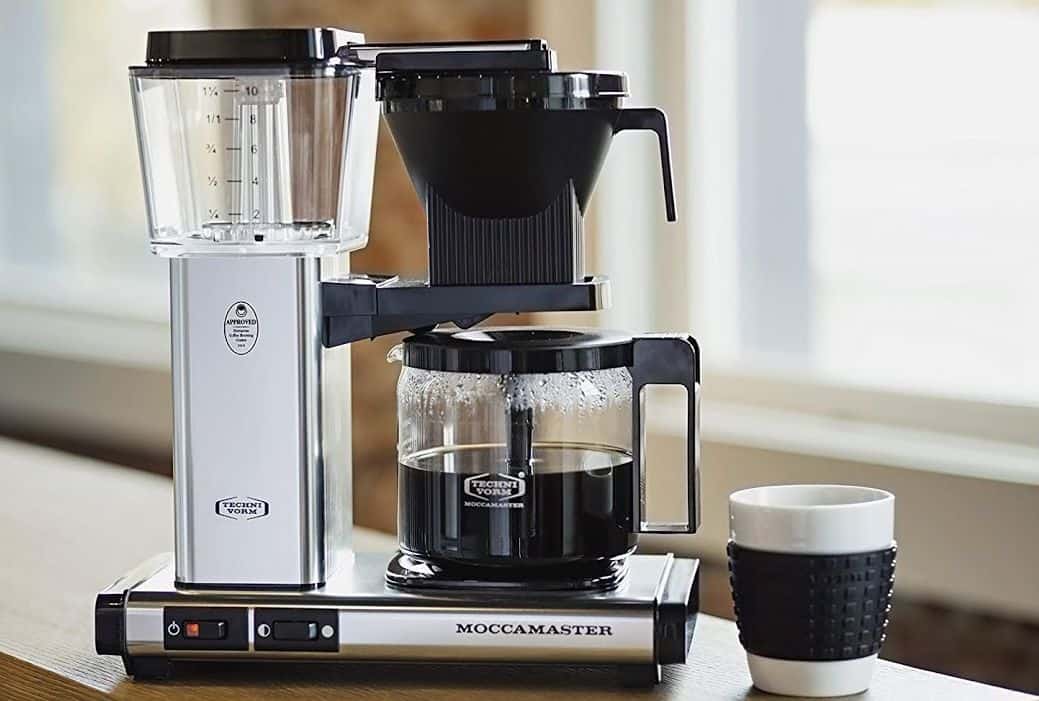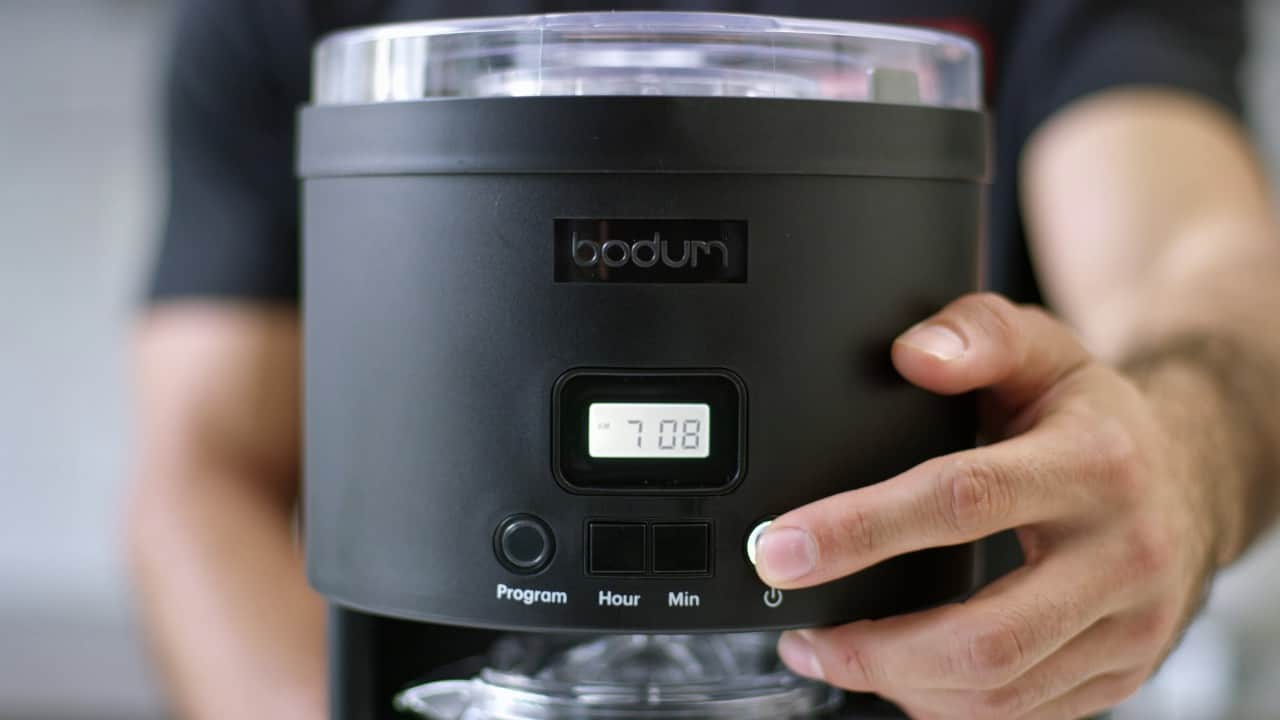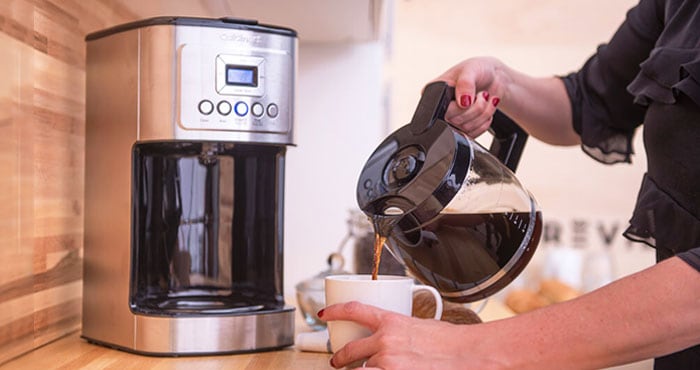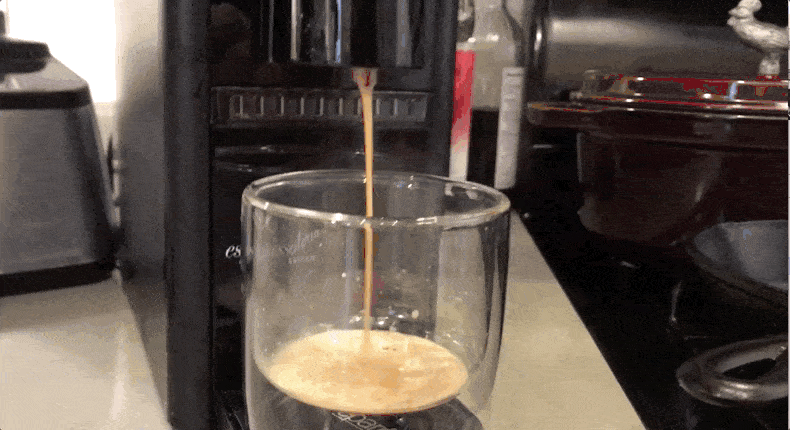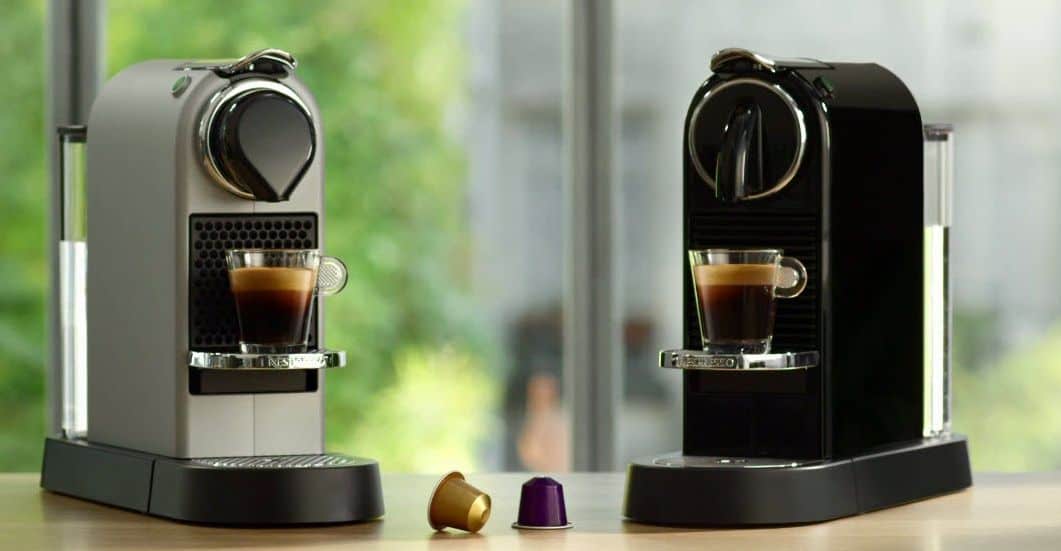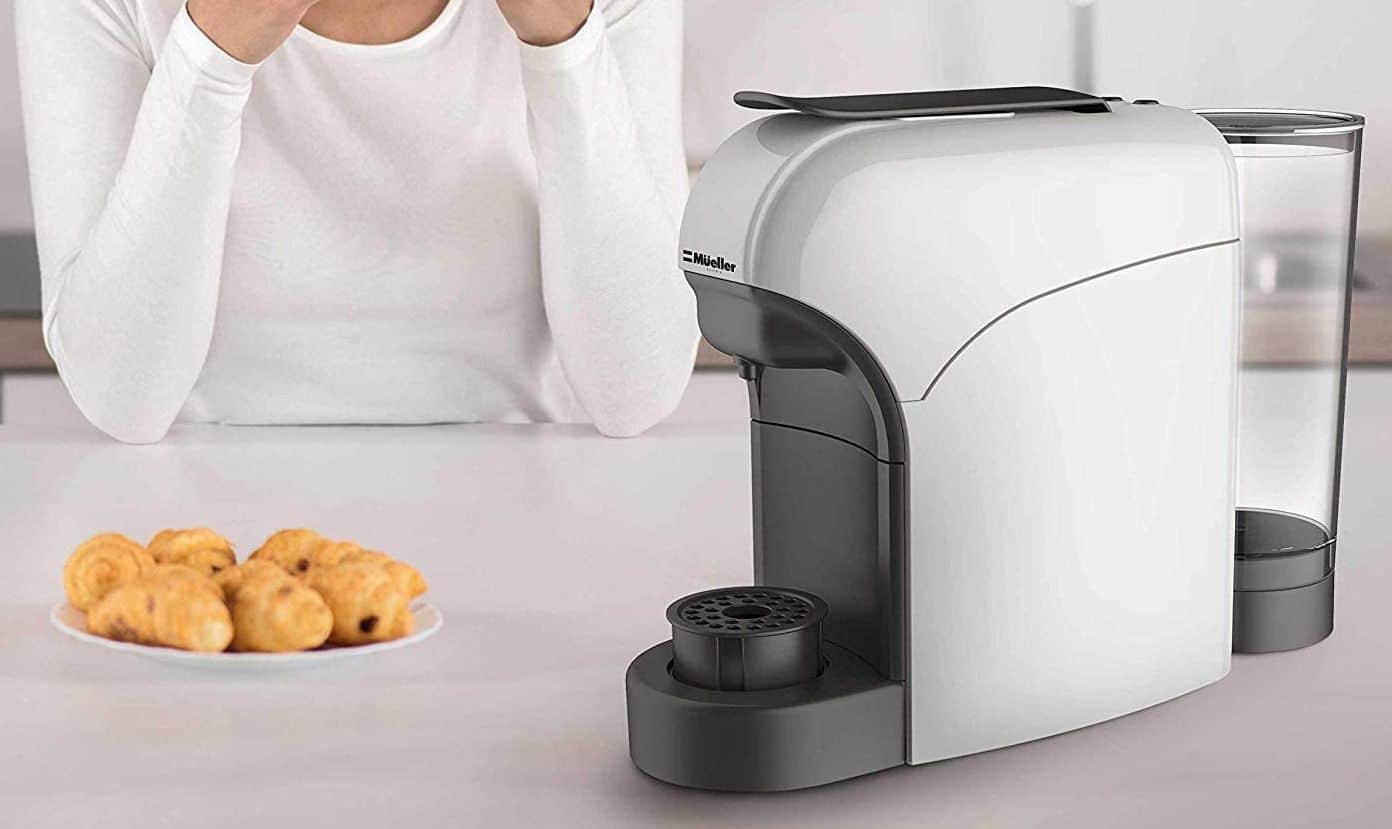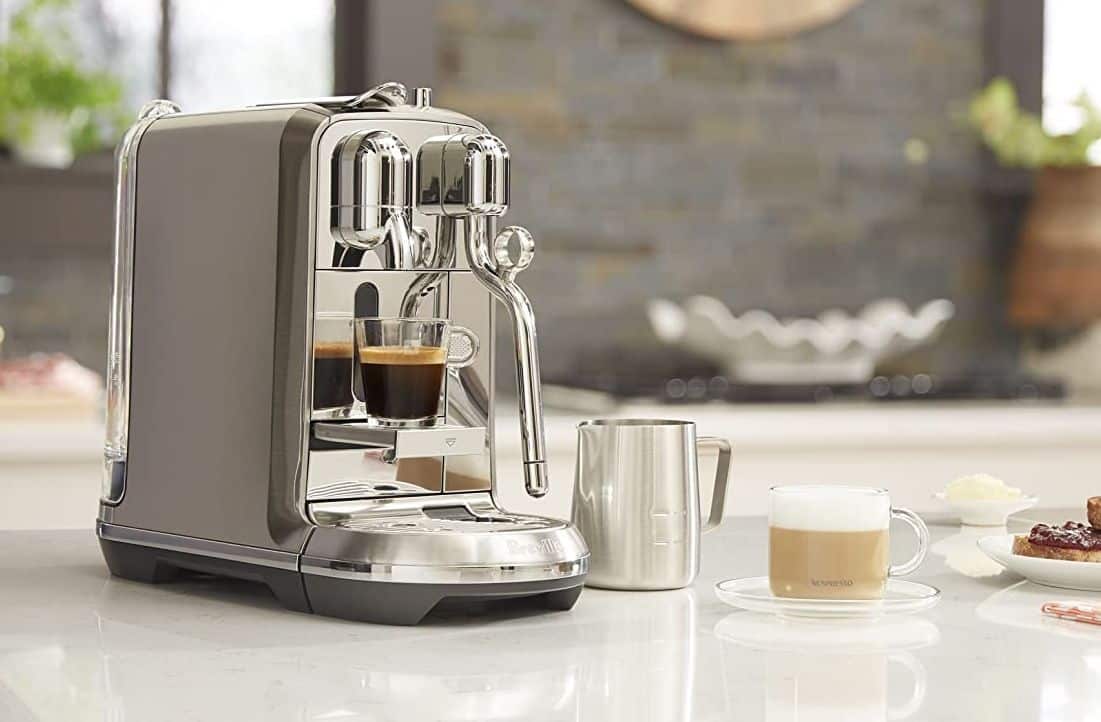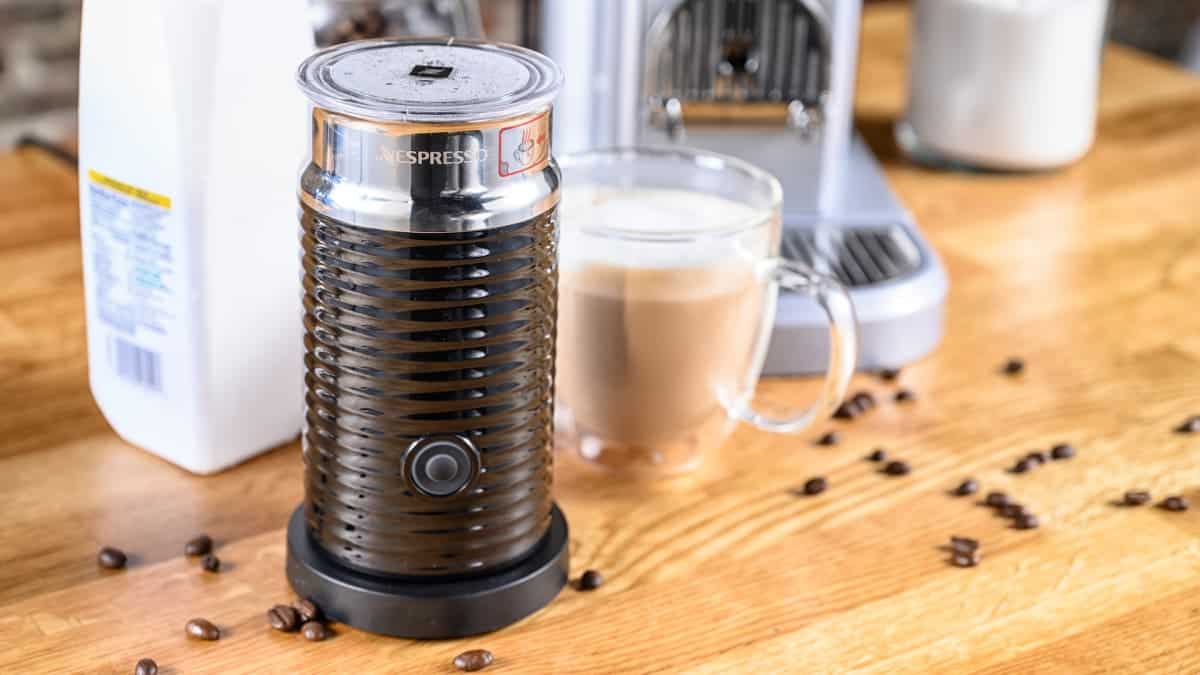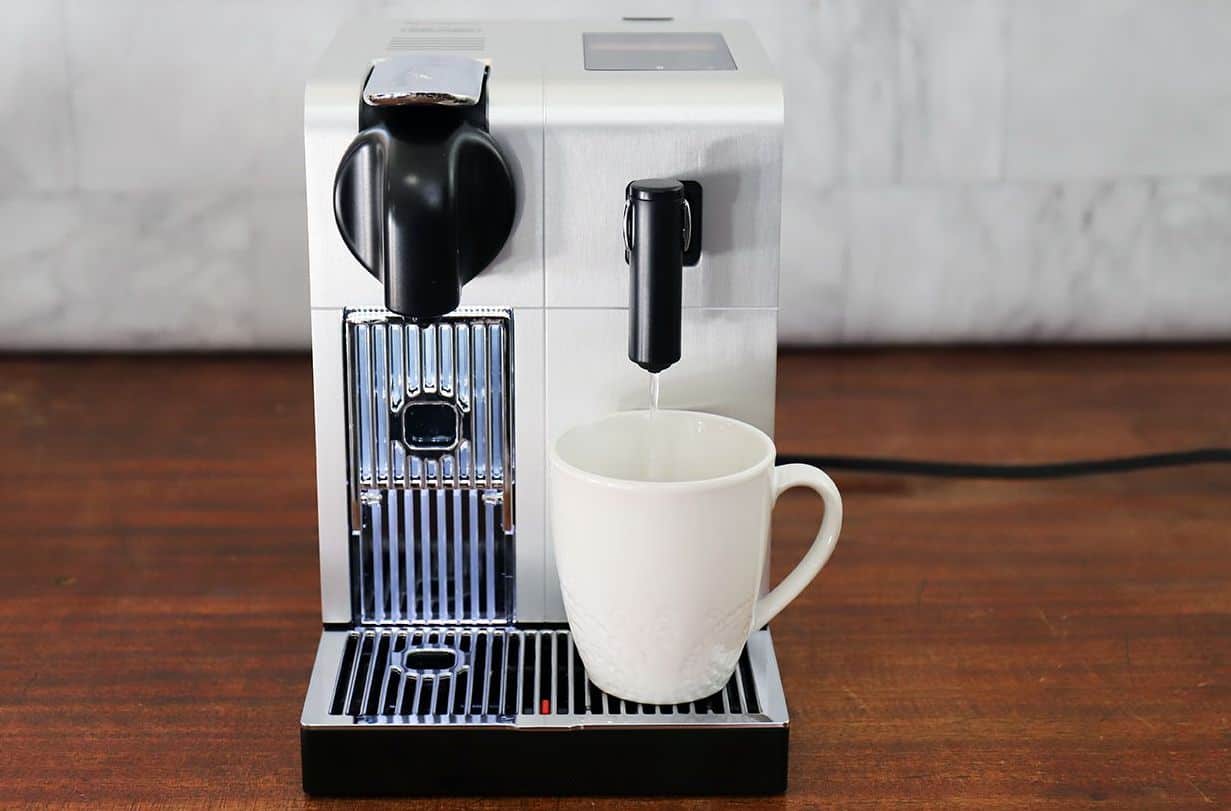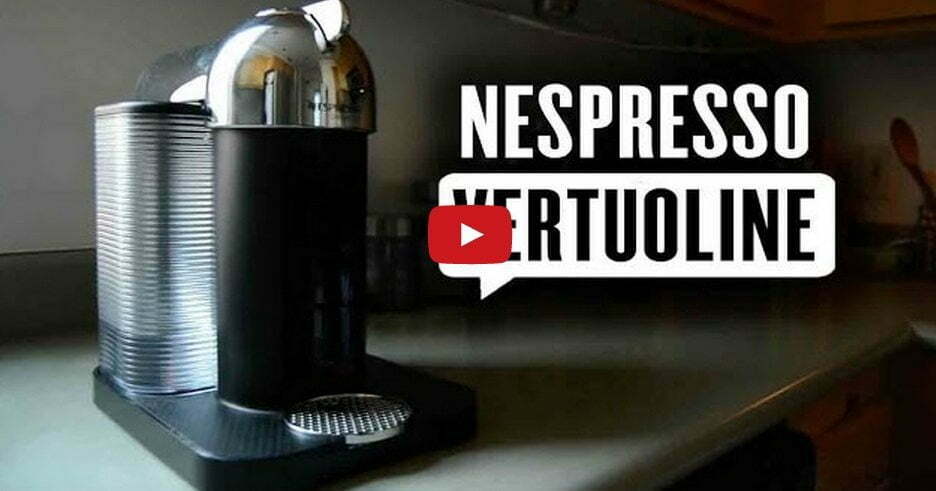Learning how to clean a coffee maker is an integral part of owning the appliance. While some have dishwasher-safe components, many others require thorough handwashing.
KEY TAKEAWAYS:
- After every usage, perform basic cleaning to remove coffee residue and inhibit mold buildup in your water tanks, pots, and filter screen.
- Perform deep cleaning around once a month to remove built-up coffee oils and remove any mold buildup that’s managed to take hold.
- Basic cleaning should happen on a regular basis, with a focus on the water chamber and coffee carafe.
Even the best coffee maker can fall victim to mineral buildup if you have hard tap water. With the proper methods, you can handle these mineral deposits easily.
How Often Should I Clean a Coffee Maker?
Today’s focus is entirely on keeping your coffee maker clean. Some appliances will have a cleaning indicator to let you know when the time has come. Otherwise, clean after every usage for best results, and deep clean once a month.
You’ll want instructions specific to your coffee machine if you aren’t using auto-drip coffee makers. For example, learning how to clean a percolator coffee maker is might entail different instructions.
Insider Tip
If you have hard water, use a water filter to soften it for safer daily usage in appliances.
STEP 1
Dump out your filter basket. Use the damp towel or sponge to remove leftover coffee grounds from this area carefully.
STEP 2
Use a few drops of mild dish soap to create a soapy water solution. Use a soft cloth or similar material to wipe down the surfaces of your appliance gently.
STEP 3
Then, use a soft cloth with a little plain water to go over everything. You’ll use another soft cloth to dry the appliance thoroughly.
STEP 4
Now, it’s time to clean out the pot. Handwash as you usually would, or throw it in the dishwasher if it’s dishwasher safe.
STEP 5
You now have a well-maintained appliance. Don’t forget the other parts of your machine. Learning how to clean a coffee maker burner is essential.
Deep Cleaning for Coffee Makers
STEP 1
First, create your cleaning solution using a cup of vinegar and baking soda dissolved into a water solution. Take out the dirty filter, and throw it out.
STEP 2
Fill the water tanks with your solution and run your brew cycle. Repeat this with plain, hot water. Do this until the appliance produces plain water. The inner machine is now clean.
STEP 3
Then, remove all detachable components of your appliance. This includes the removable water reservoir. Remove any immediately apparent oily residues using your damp cloth.
STEP 4
Submerge the brew basket and any glass carafes into a container of soapy water. Allow them to soak to soften any caked-on oil residue and lift tough coffee stains.
STEP 5
Once they’re done soaking, remove them and rinse everything off in hot water. Keep rinsing until you have clean water.
STEP 6
Towel dry everything and allow them to sit out to be sure they’re dry. Reattach everything, and your monthly cleaning is complete.
Warning
If you clean your coffee maker with vinegar, you might end up with a strong vinegar scent.
F.A.Q.S
How do I remove stains from my stainless steel coffee pot?
Removing tough stains from a stainless steel coffee pot takes patience and time. You’ll need to use a non-abrasive dish sponge and take care not to scratch your stainless steel coffee pot.
How can I make better-tasting coffee for my morning brew?
Making your cup of coffee taste better begins with using high-quality coffee grounds. Grinding your own is a perfect way to make sure they retain their original oils and taste.
Why does my cup of coffee have a stale taste?
Coffee drinkers are notorious for leaving their pot of coffee out long after the brew cycle finishes. If you’ve done this, you’ll end up with an unpleasant, stale taste.
Is a permanent filter better than a paper coffee filter?
A permanent filter is excellent for saving money. Purchasing one removes the need to buy paper filters. On the other hand, a permanent filter will often produce a lesser quality coffee.
STAT: Global coffee consumption has risen at an average annual rate of 1.9% over the past 50 years. (source)
REFERENCES:
- https://illumin.usc.edu/what-makes-antibacterial-soap-antibacterial/
- https://news.emory.edu/stories/2020/03/esc_soap_saves_lives/campus.html
- https://citeseerx.ist.psu.edu/viewdoc/download?doi=10.1.1.1084.6587&rep=rep1&type=pdfr
- https://digitalcommons.liu.edu/cgi/viewcontent.cgi?article=1058&context=post_honors_theses
- https://nature.berkeley.edu/garbelottoat/wp-content/uploads/lee-etal-2015.pdf















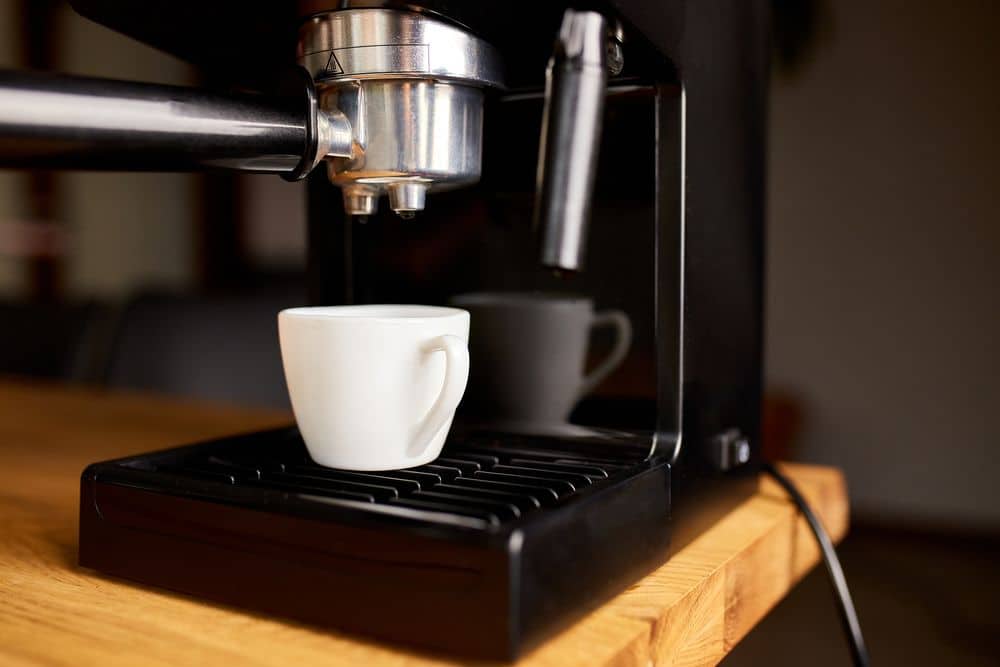
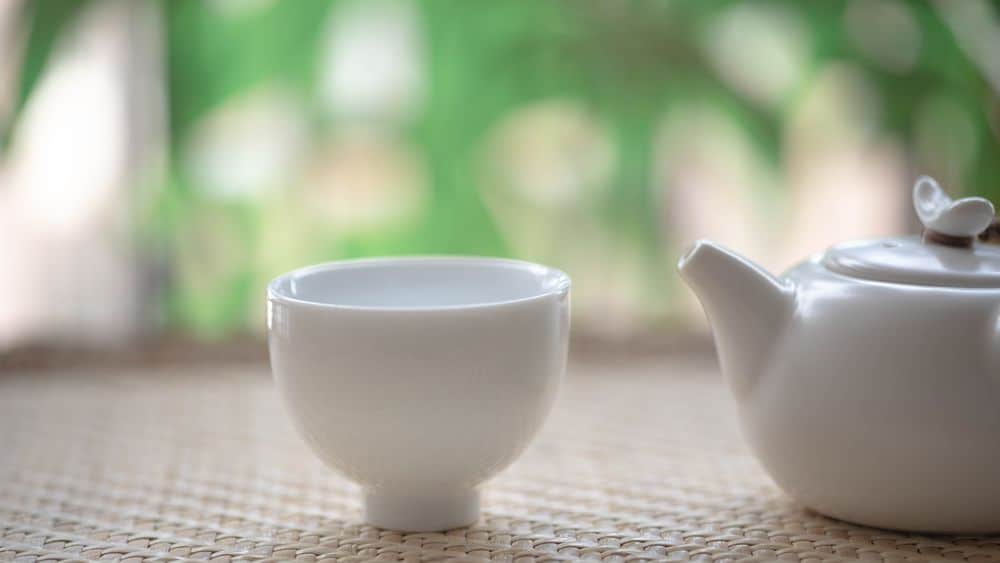
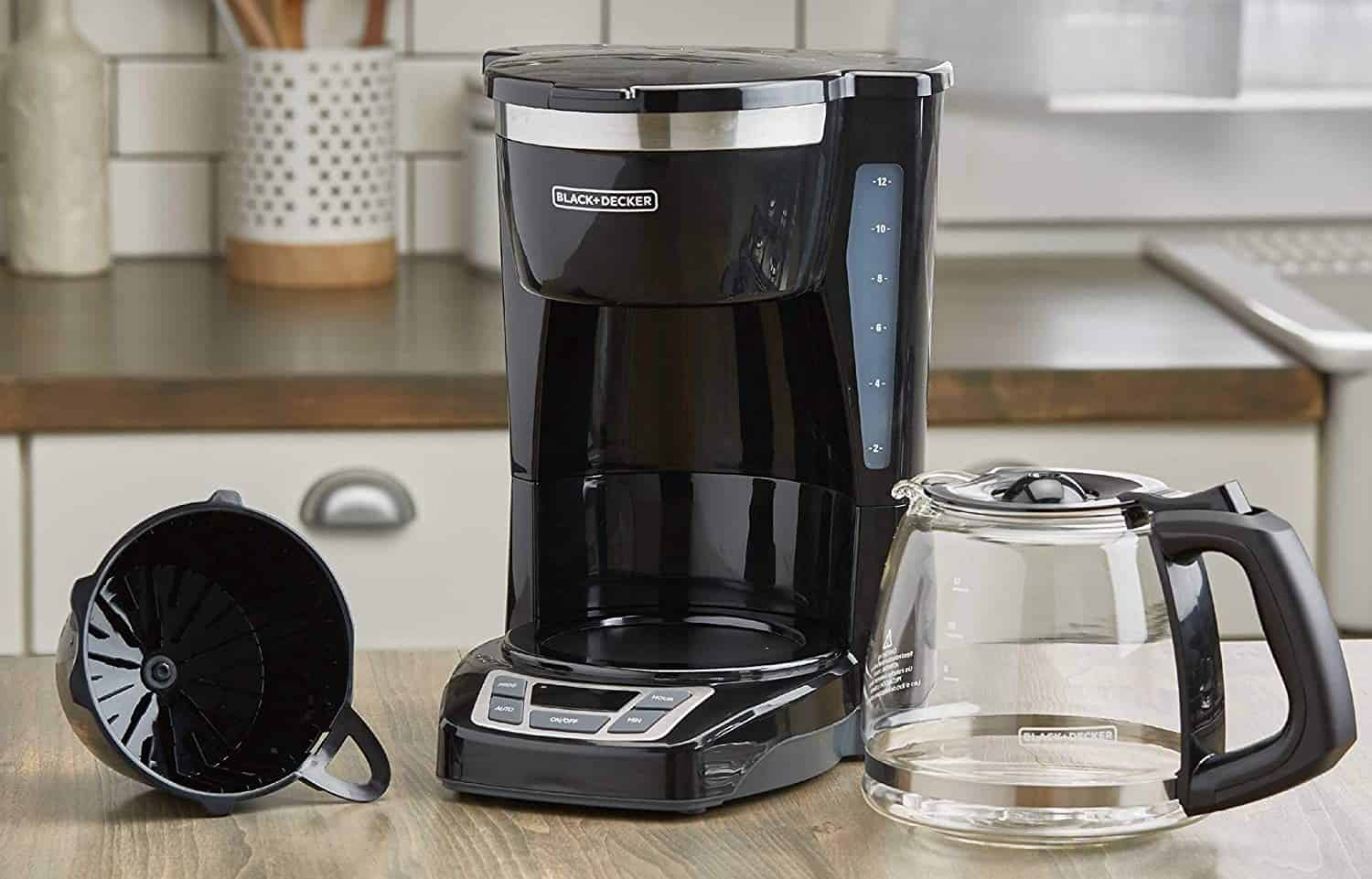
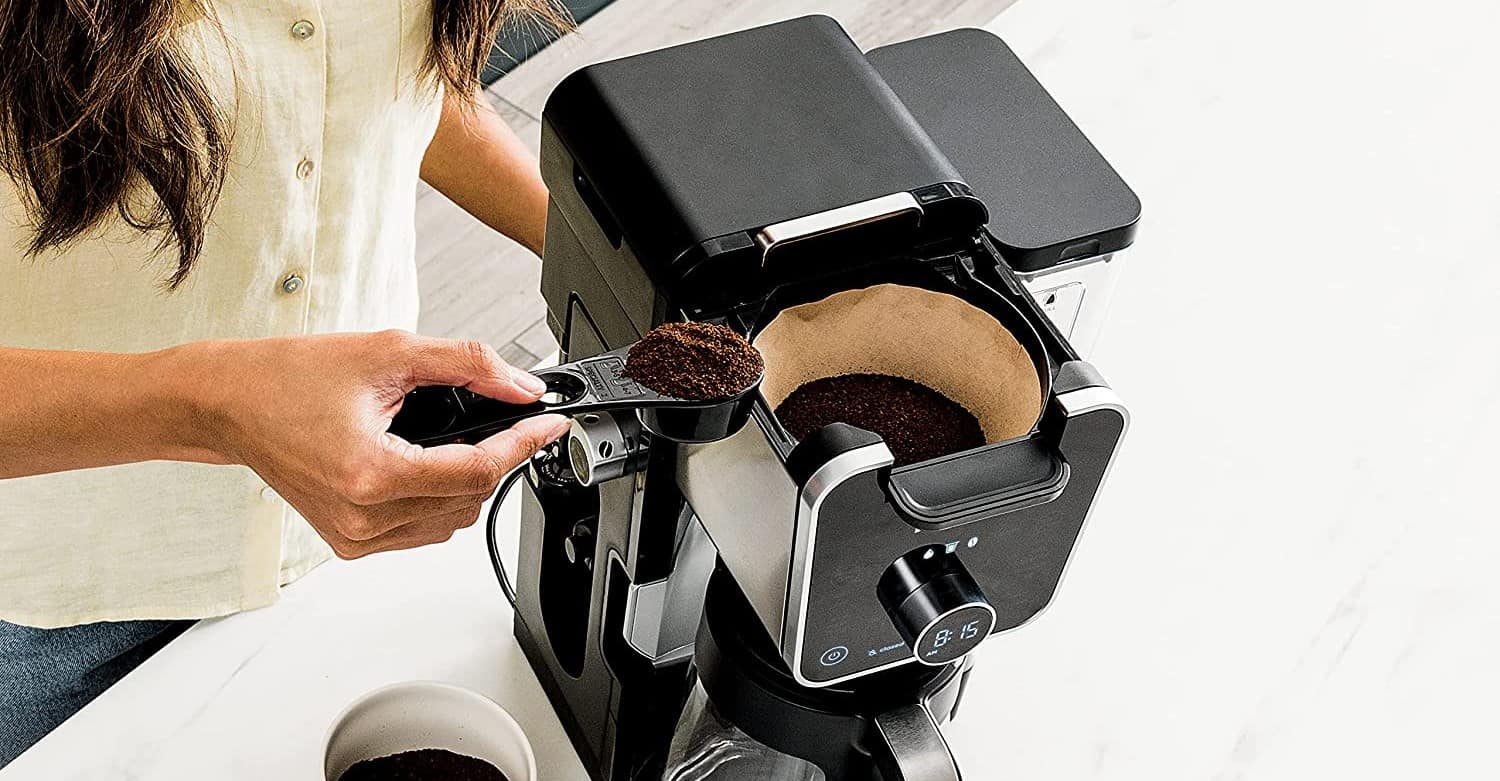
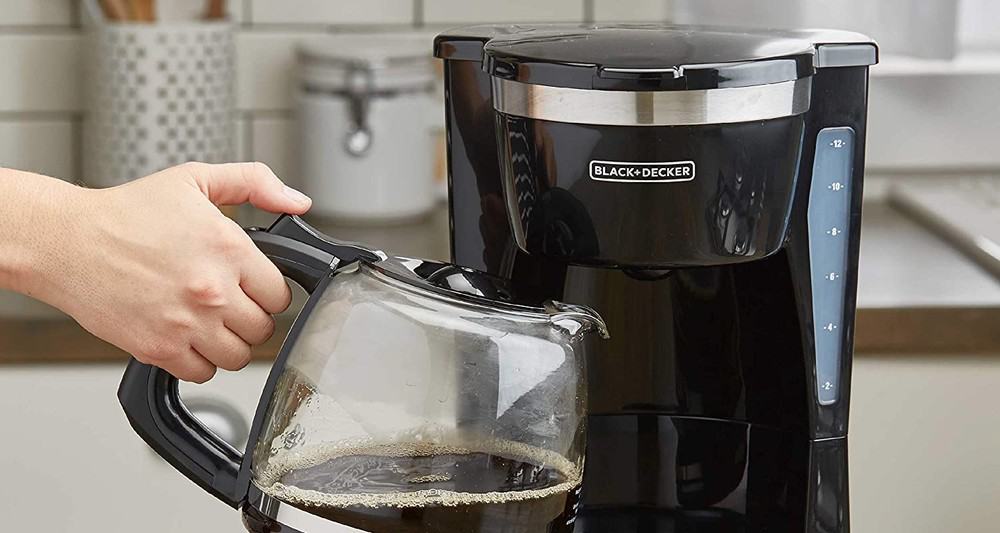
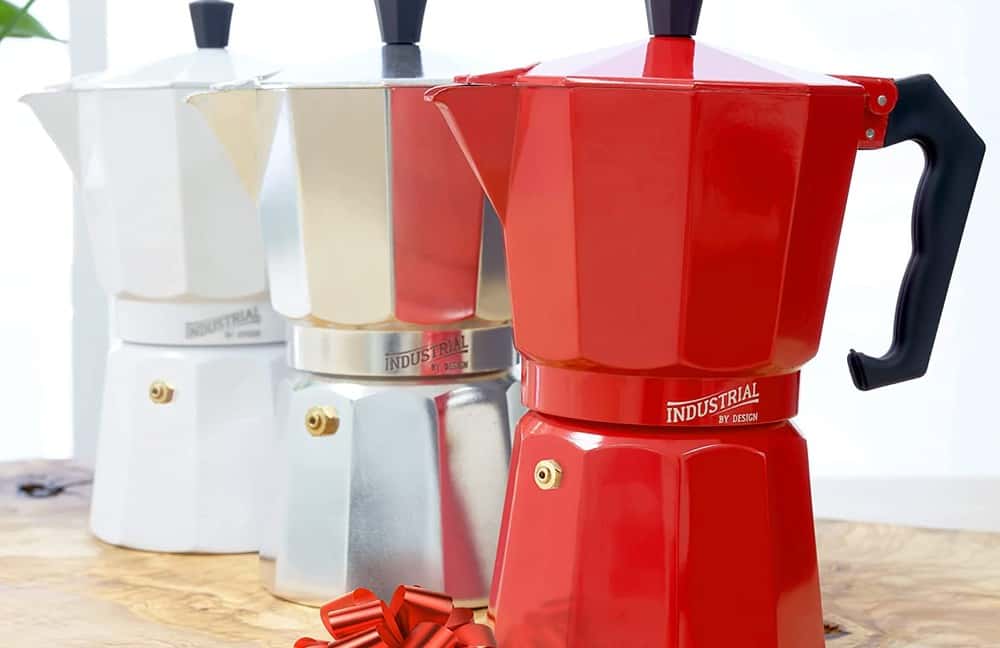
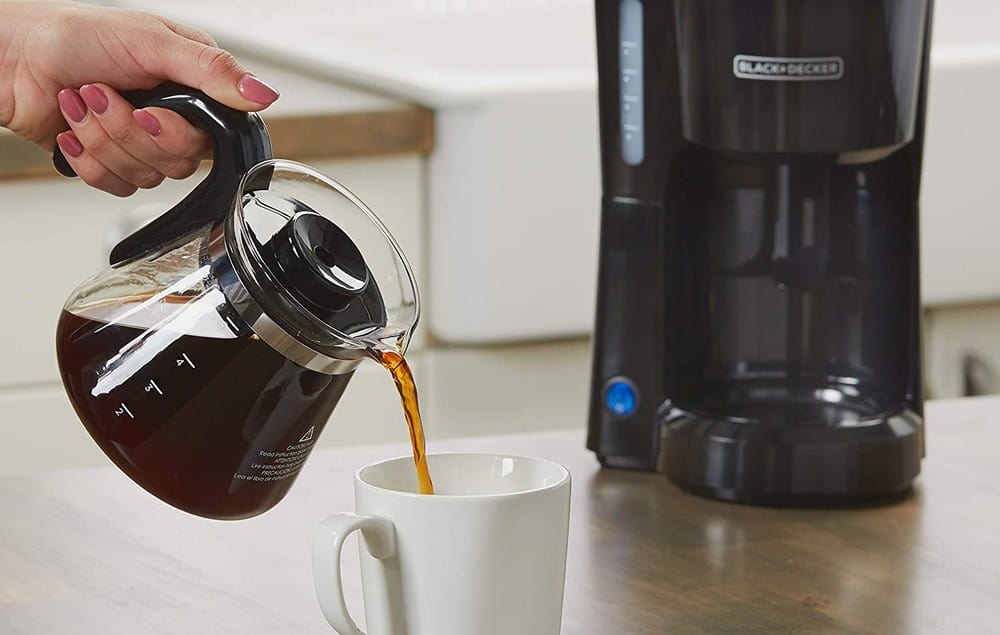
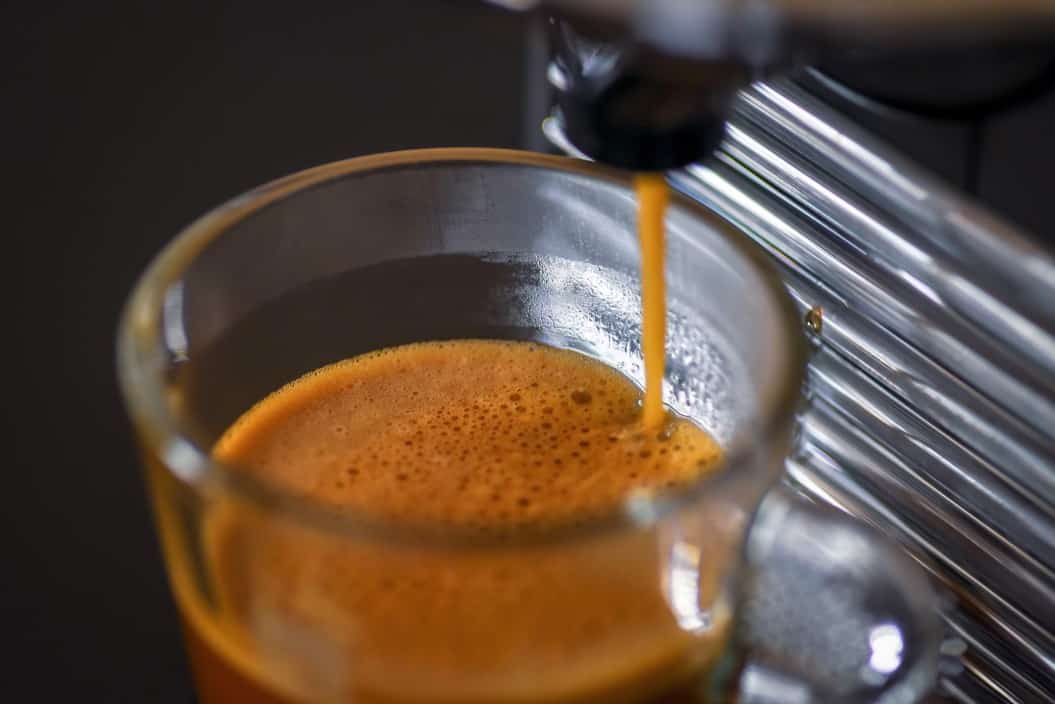



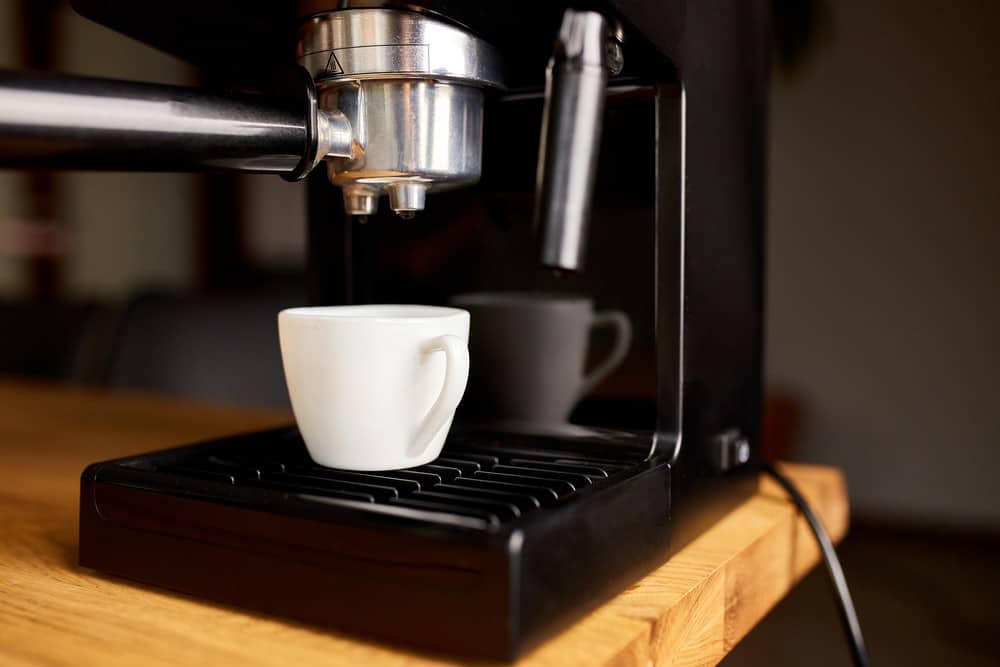

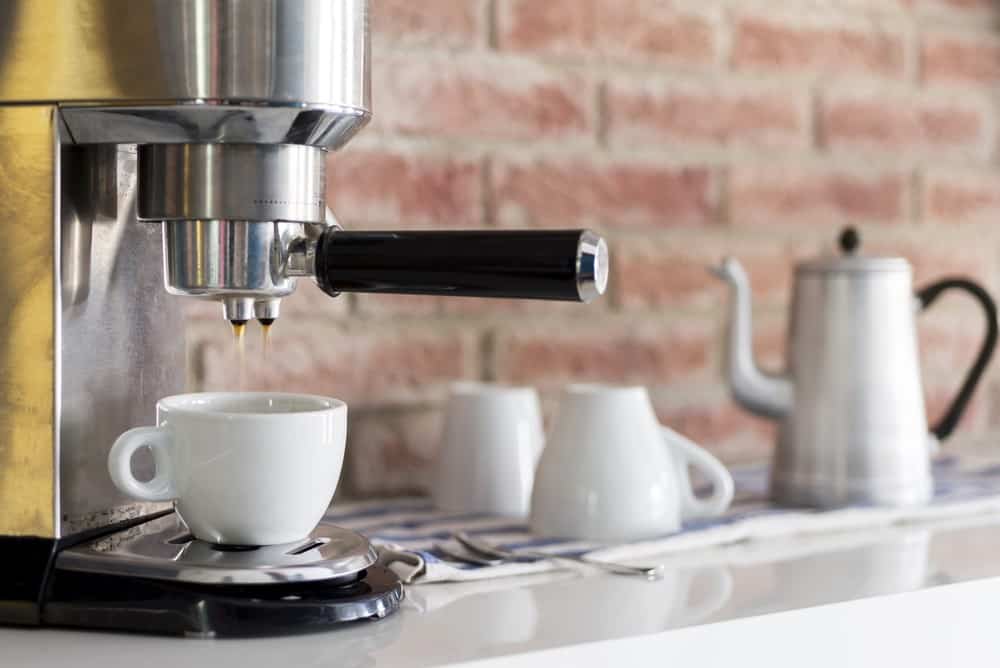
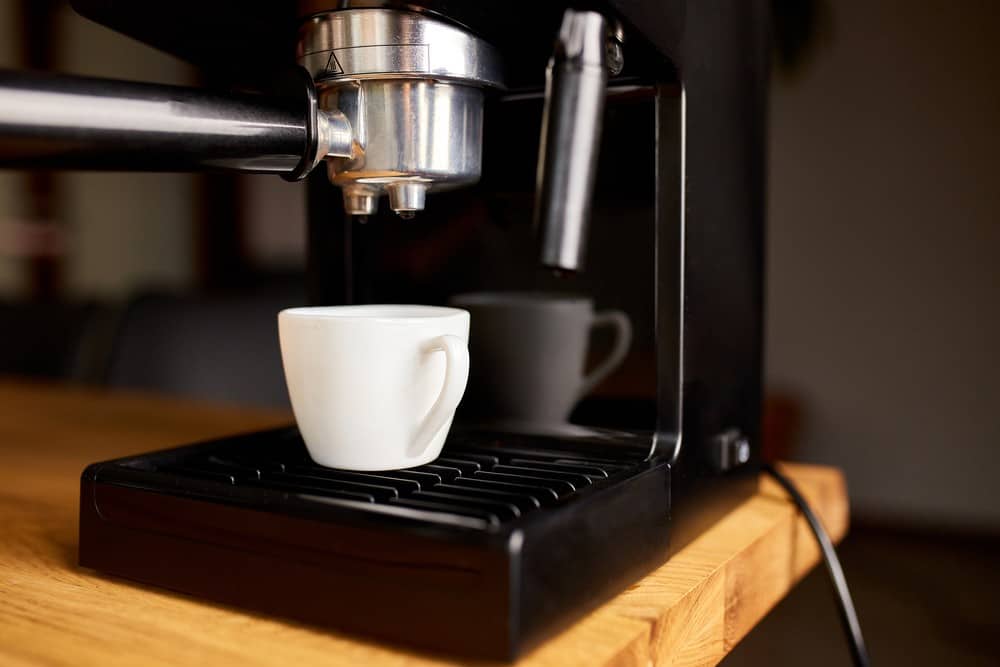



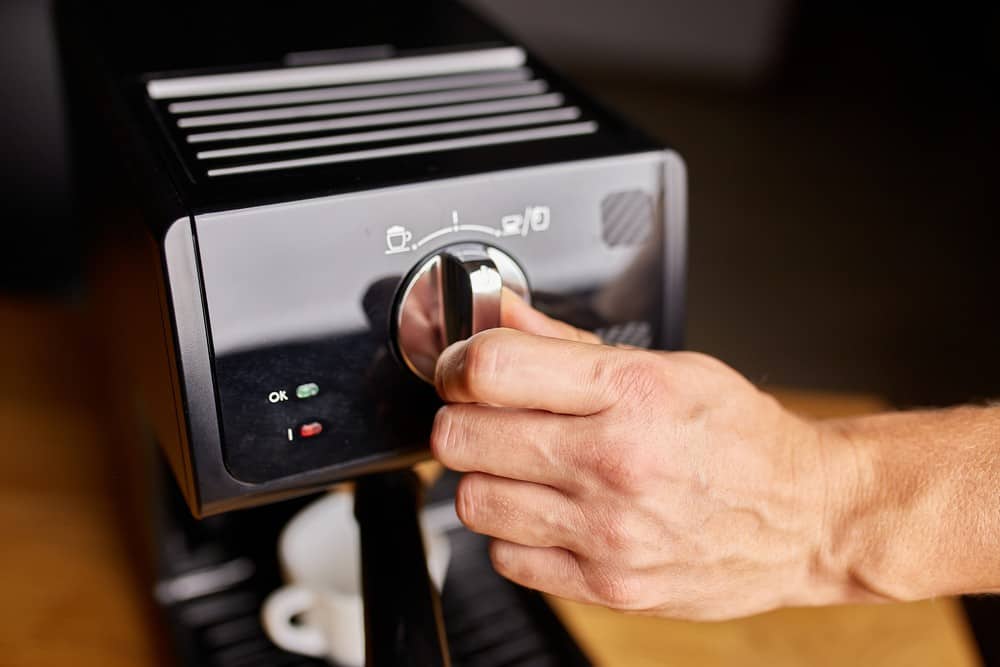
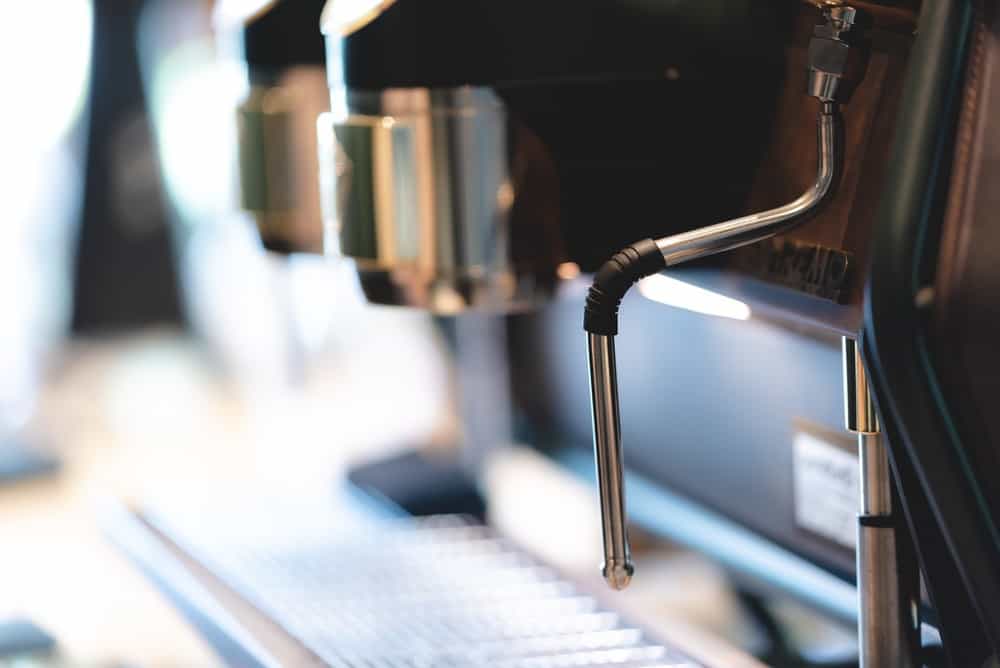
![Best Keurig Alternatives in [year] 27 Best Keurig Alternatives in 2026](https://www.gadgetreview.dev/wp-content/uploads/best-keurig-alternative-image.jpg)
![Best Semi Automatic Espresso Machines in [year] 28 Best Semi Automatic Espresso Machines in 2026](https://www.gadgetreview.dev/wp-content/uploads/best-semi-automatic-espresso-machine-image.jpg)
![Best Coffee and Espresso Makers in [year] 29 Best Coffee and Espresso Makers in 2026](https://www.gadgetreview.dev/wp-content/uploads/best-coffee-and-espresso-maker-image.jpg)
![Best Kitchen Appliances in [year] ([month] Reviews) 30 Best Kitchen Appliances in 2026 (January Reviews)](https://www.gadgetreview.dev/wp-content/uploads/best-kitchen-appliances.jpg)
![Quietest Coffee Makers in [year] 31 Quietest Coffee Makers in 2026](https://www.gadgetreview.dev/wp-content/uploads/quietest-coffee-maker-image.jpg)
![Best Prosumer Espresso Machines in [year] 32 Best Prosumer Espresso Machines in 2026](https://www.gadgetreview.dev/wp-content/uploads/71ytF6efAlL._AC_SL1500_.jpg)
![Best Single Serve Coffee Maker No Pods in [year] 33 Best Single Serve Coffee Maker No Pods in 2026](https://www.gadgetreview.dev/wp-content/uploads/best-k-pod-coffee-image-1.jpg)
![Best Coffee Makers for Hard Water in [year] 34 Best Coffee Makers for Hard Water in 2026](https://www.gadgetreview.dev/wp-content/uploads/best-coffee-maker-for-hard-water-image.jpg)
![Best Dual Boiler Espresso Machines in [year] 35 Best Dual Boiler Espresso Machines in 2026](https://www.gadgetreview.dev/wp-content/uploads/best-dual-boiler-espresso-machine-image.jpg)
![Best Coffee Makers for RV in [year] 36 Best Coffee Makers for RV in 2026](https://www.gadgetreview.dev/wp-content/uploads/best-coffee-maker-for-rv-image.jpg)
![Best Ninja Coffee Makers in [year] 37 Best Ninja Coffee Makers in 2026](https://www.gadgetreview.dev/wp-content/uploads/best-ninja-coffee-maker-image.jpg)
![Best Breville Espresso Machines in [year] 38 Best Breville Espresso Machines in 2026](https://www.gadgetreview.dev/wp-content/uploads/best-breville-espresso-machine-image.jpg)
![Best 5 Cup Coffee Makers in [year] 39 Best 5 Cup Coffee Makers in 2026](https://www.gadgetreview.dev/wp-content/uploads/best-5-cup-coffee-maker-image.jpg)
![Best Commercial Coffee Makers in [year] 40 Best Commercial Coffee Makers in 2026](https://www.gadgetreview.dev/wp-content/uploads/best-commercial-coffee-maker-image.jpg)
![Best Commercial Espresso Machine for a Small Coffee Shop in [year] 41 Best Commercial Espresso Machine for a Small Coffee Shop in 2026](https://www.gadgetreview.dev/wp-content/uploads/best-commercial-espresso-machine-small-coffee-shop-image.jpg)
![Best Coffee for Moka Pot in [year] 42 Best Coffee for Moka Pot in 2026](https://www.gadgetreview.dev/wp-content/uploads/best-coffee-for-moka-pot-image.jpg)
![Best USA Made Coffee Makers in [year] 43 Best USA Made Coffee Makers in 2026](https://www.gadgetreview.dev/wp-content/uploads/best-usa-made-coffee-makers-image.jpg)
![Fastest Coffee Makers in [year] 44 Fastest Coffee Makers in 2026](https://www.gadgetreview.dev/wp-content/uploads/fastest-coffee-maker-image.jpg)
![Best SCAA Certified Coffee Makers in [year] 45 Best SCAA Certified Coffee Makers in 2026](https://www.gadgetreview.dev/wp-content/uploads/best-scaa-certified-coffee-maker-image.jpg)
![Best Smart Coffee Makers in [year] 46 Best Smart Coffee Makers in 2026](https://www.gadgetreview.dev/wp-content/uploads/best-smart-coffee-maker-image.jpg)
